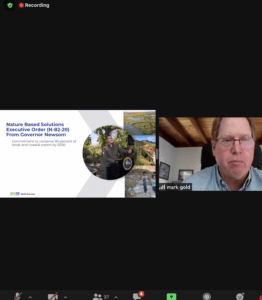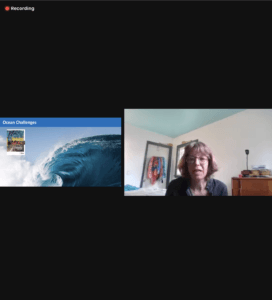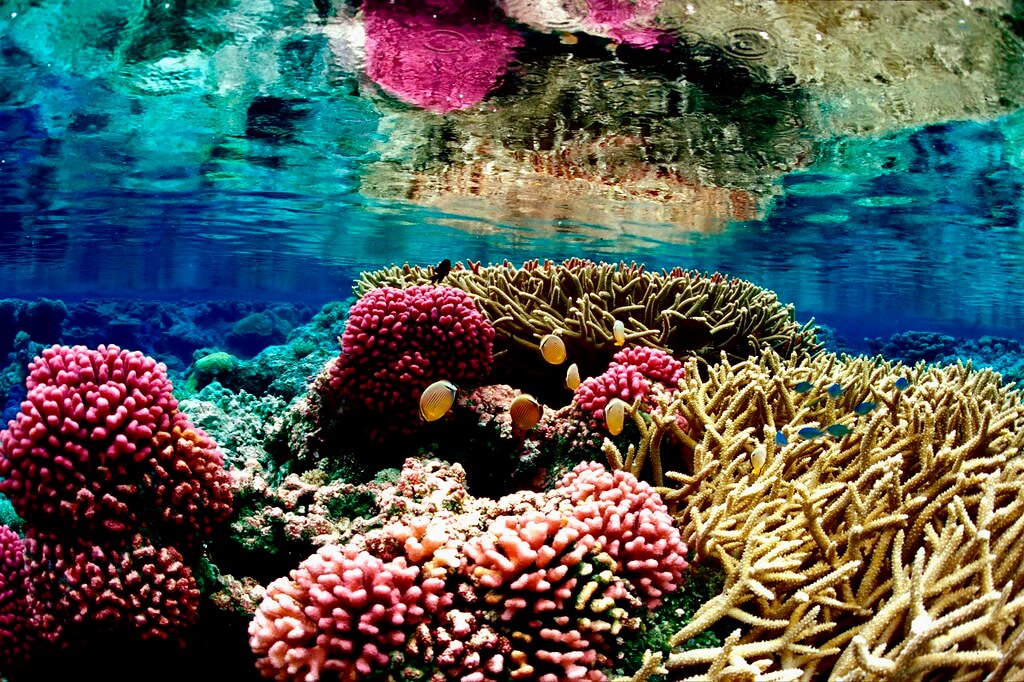By Grace Joyce,
On April 6, 2022, the Institute for Global Understanding and the Urban Coast Institute co-hosted the virtual panel discussion, “International and Domestic Strategies for Ocean Conservation and Biodiversity: Is 30 by 30 Enough?” This event was the second installment of the spring ’22 Global Ocean Governance Lecture Series. UCI Director Tony MacDonald moderated the panel. The discussion consisted of three panelists who analyzed the 30 by 30 vision from international, national, and state perspectives.

The first panelist was Sebastian Nicholls, principal associate, Pew Charitable Trusts Ocean Conservation Program, who addressed the topic on an international level. He discussed the Global Biodiversity Framework, which sets goals for biodiversity conservation and sustainable use. Mr. Nicholls noted that than 5% of the ocean is free from human pressures, and a large amount of scientific research along with 116 countries back the 30 by 30 marine initiative. The main focus of his presentation was the importance of High Seas Marine Protected Areas (MPAs) in achieving the 30 by 30 goal. The High Seas represent two-thirds of the world’s ocean area and 95 percent of all habitable space. Only one percent is currently protected, however, and there are significant issues in treaty negotiations such as defining MPAs, the opt-out option, management measures, and the process of identifying and establishing the MPAs.
The second panelist was Lauren Wenzel, director of the National Oceanic and Atmospheric Administration (NOAA) National Marine Protected Areas Center. She provided a national perspective on the 30 by 30 initiative and continued the conversation on MPAs by discussing the benefits they provide, including biodiversity protection, recreation, coastal protection, carbon storage, and sustainable fishing. Currently, in the U.S., 26 percent of ocean waters is designated as an MPA, 24 percent is classified as a “highly protective” MPA, and only 3 percent is designated as “no take” MPAs. To work toward achieving 30 by 30 and successfully implement MPAs, the U.S. needs to strengthen connectivity and build networks, integrate MPAs within the context of other ocean uses, adapt to climate impacts, expand stakeholder engagement, and demonstrate effectiveness.
Lastly, Dr. Mark Gold, executive director of the California Ocean Protection Council, provided the state perspective by discussing California and its commitment to conserving 30 percent of lands and coastal waters by 2030. Under Governor Newsom, there is strong engagement through regional and topical workshops, tribal consultations and conversations, and public meetings. The conservation framework in place looks to protect biodiversity, expand access to nature, and mitigate and build resilience to climate change. Currently, 24 percent of land and 16 percent of coastal waters in California have been conserved. Many potential pathways to achieve 30 by 30 exist in California, including mandatory speed limits for ships, fishing gear type prohibitions, water quality measures, and making conservation-based fisheries management measures permanent. To help advance these objectives, California has formed strategic alliances such as regional coalitions, tribal partnerships, and the California Biodiversity Council, and has also invested hundreds of millions of dollars in restoration and protection.

